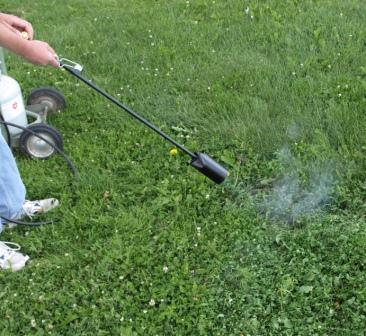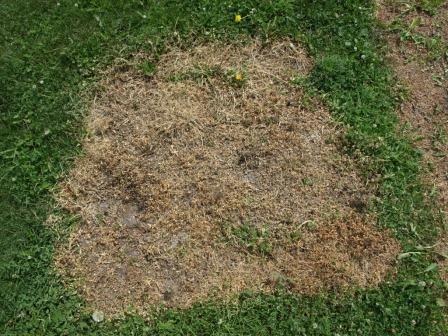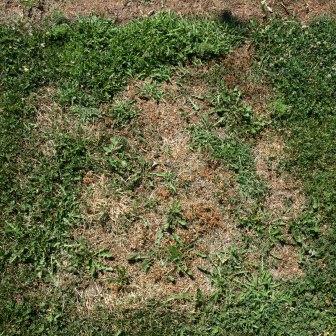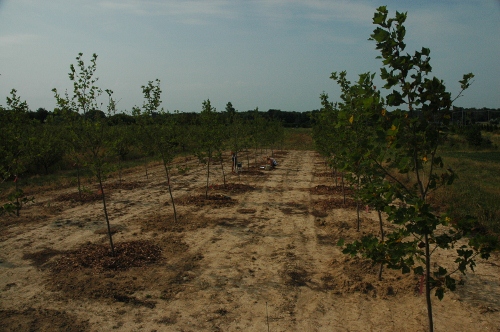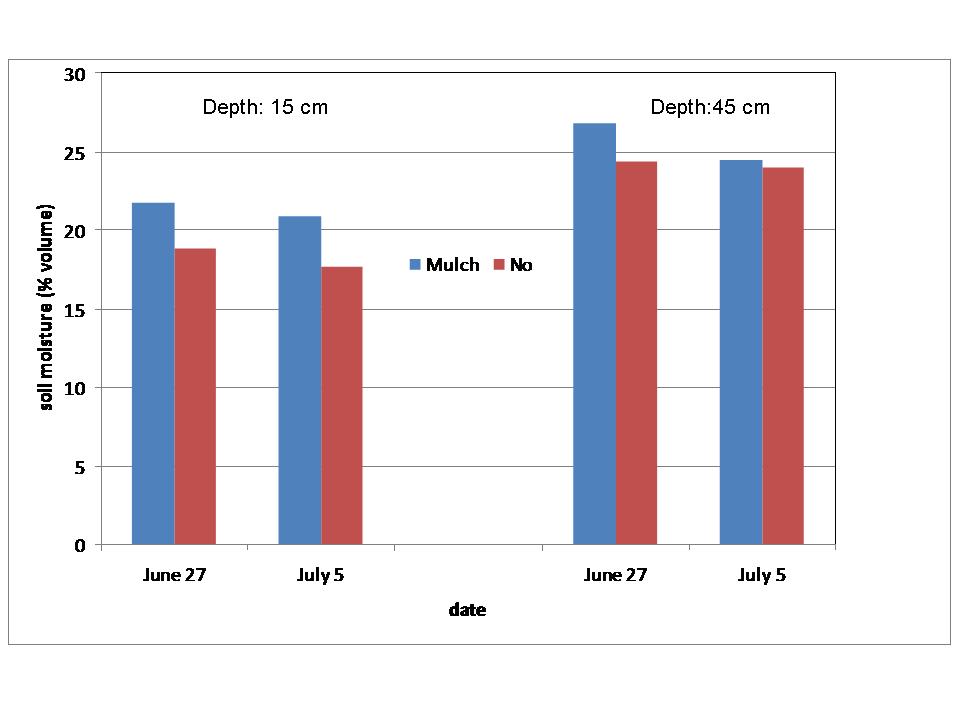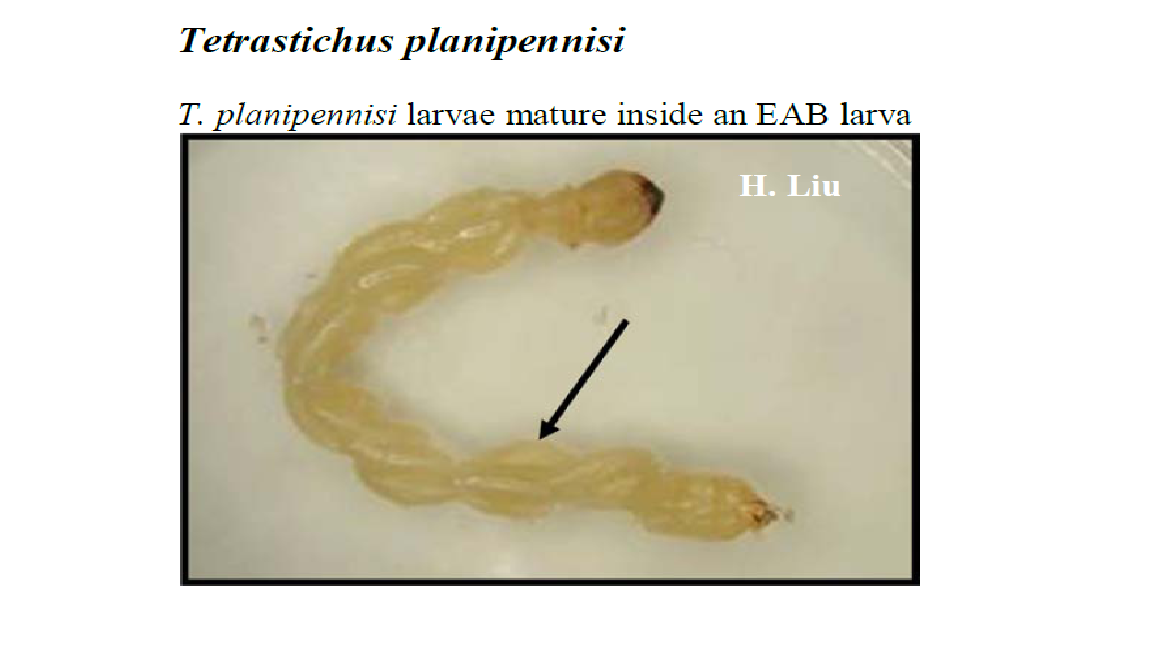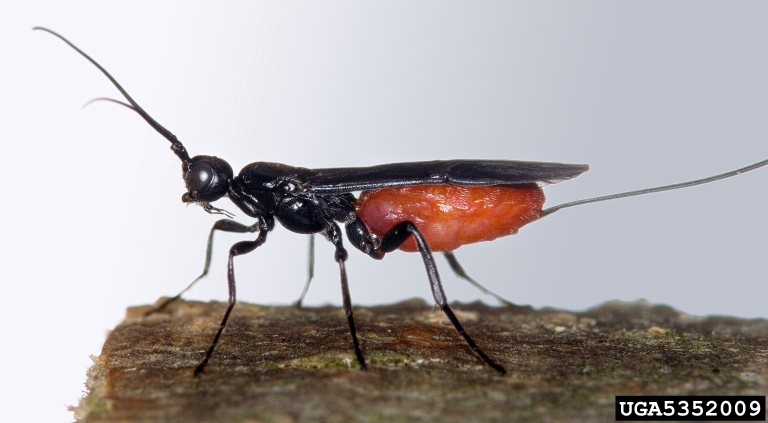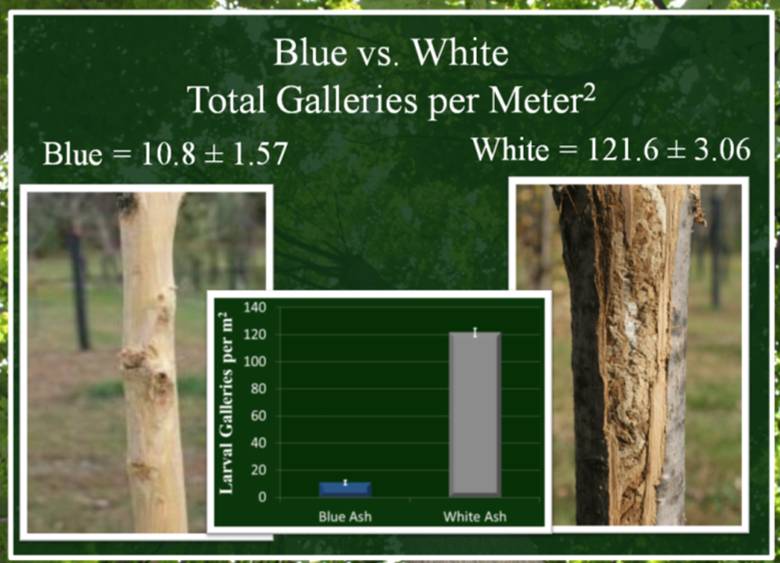
I get things wrong sometimes – I’ve had slip ups when speaking and said things I didn’t intend to say. I’ve written things that I wish I had the chance to rewrite because I explained things poorly. I’ve even gotten my facts mixed up from time to time. Still, it bothers me when someone who should know better delivers information that is blatantly wrong.
Yesterday I was looking at YouTube videos regarding compost tea. As anyone who has ever looked up compost tea on YouTube knows, if you look long enough you’ll eventually come to videos of Dr. Elaine Ingham. She’s one of the biggest proponents of compost tea out there and is also Chief Scientist at the Rodale Institute. Here’s a link to one of the videos that I ended up watching. Interestingly, it doesn’t have much to do with compost tea.
http://www.youtube.com/watch?v=GEtl09VZiSU
To be fair, she makes some excellent points in the video about people needing to conserve the life in soil. And I did like her basic definition of soil and dirt at the beginning.
Other points aren’t as well made. As I was viewing this video I heard something that really ticked me off.
Go to 9:20 on the video and watch for a couple of minutes. Listen to the insights about wartime munitions.
Then forget what you heard because it’s all just wrong.
Look, I know Dr. Ingham is a proponent of organic foods and techniques, but, if you’re going to talk about history, especially if it’s the history of a practice you’re opposed to, then you should really try to get it right.
She starts by talking about leftover munitions from World War Two and how we found that they could be put into farmers’ fields to kill weeds.
Wrong.
It’s true that one of our most used herbicides, 2,4 D, came from World War Two – but it wasn’t a munition (at least not in the classic sense of the word), and it wasn’t actually used in the war to any great extent. It was released for use by farmers after the war was over. And it sure wasn’t an explosive (otherwise there’d be lots of lawns in suburbia reduced to craters!)
Then she discusses using TNT as a fertilizer. Was she joking? If so that’s fine, but it didn’t seem like she was joking to me.
To be clear, while I’m sure somebody somewhere dumped TNT on their fields to see if it would work as a fertilizer, dumping munitions on fields to get plants to grow was in no way a common practice at any time. In fact, a challenge for ecologists is getting rid of old munitions in contaminated sites (like old factories that made bullets and shells).
And then she says that synthetic nitrogen is Second World War technology, and that it’s the reason the Allies won.
Wrong.
Synthetic nitrogen is First World War technology and the Germans came up with it. Haber and Bosch, the two guys who worked it out, both won Nobel Prizes for it. (As a side note Haber was known as the father of chemical warfare for his WWI exploits with chlorine and other poisonous gasses).
Look, it’s not the end of the world if Dr. Ingham didn’t know this stuff, but my goodness, if you don’t know something mightn’t it be wise to avoid the topic? If anyone is interested, the best books on synthetic nitrogen are Vacliv Smil’s Enriching the Earth and Thomas Hager’s The Alchemy of Air.
There were other problems on the video too. For example, her bird guano comment didn’t really make sense since by World War Two it wasn’t economically realistic to use it any more –the guano, mined in Peru, had been largely used up – it’s not a quickly renewable source of fertilizer. And the rain forest analogy she used is a terrible one because a rain forest is a relatively closed system containing organisms highly specialized for living in that environment while food production systems aren’t closed systems (and can’t be unless we reuse our own waste for fertilizer). But I’ll leave those alone. They were more irritating than infuriating.
Unfortunately Dr. Ingham has a little bit of a history with getting accurate information out. I won’t go into here, but you can use the links below to read about it in more detail.
Green-faced apology
Greens and Ingham apologise to Royal Commission
Did you hear about the GMO that almost destroyed all life?
I believe that the Rodale Institute is a quality institution, that its goals are honorable, and that organic techniques need to be given more consideration and implemented more frequently than they currently are in our country and the world. That said, I question how seriously the good work that Rodale does will be taken with Dr. Ingham as its Chief Scientist if she continues to deliver information of the quality seen in this video.

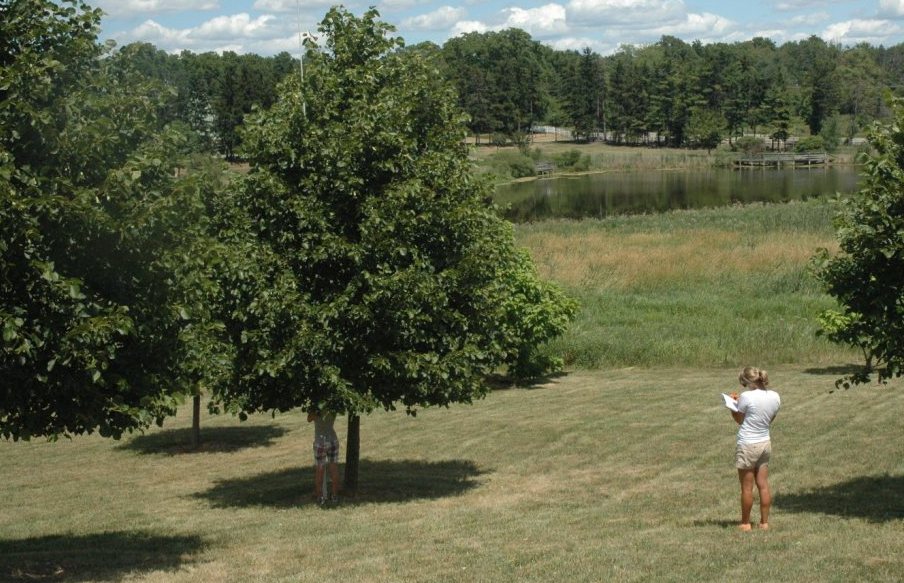
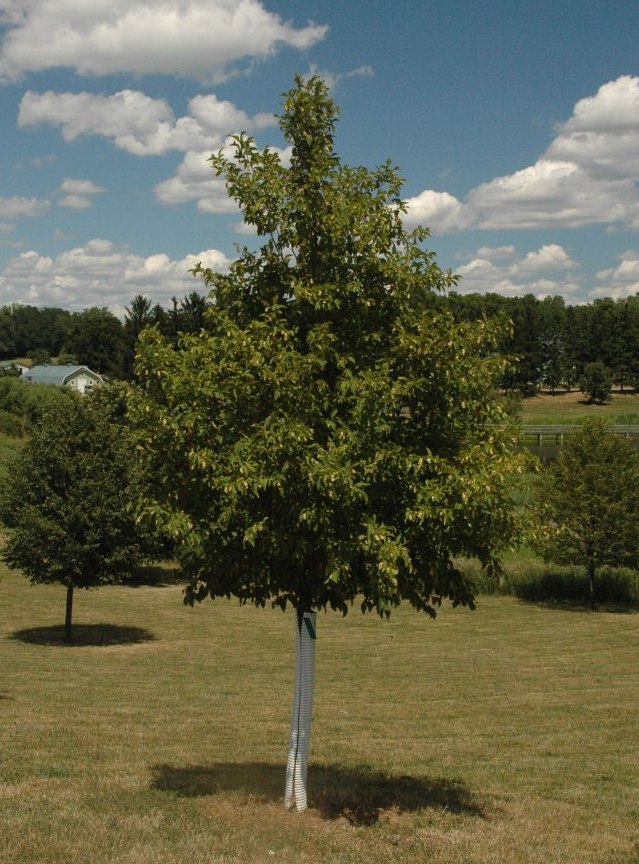


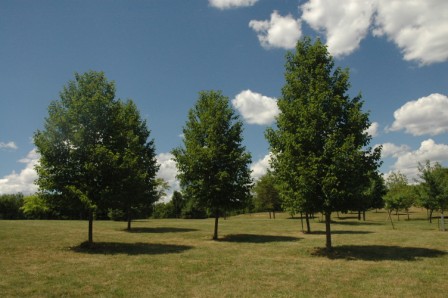

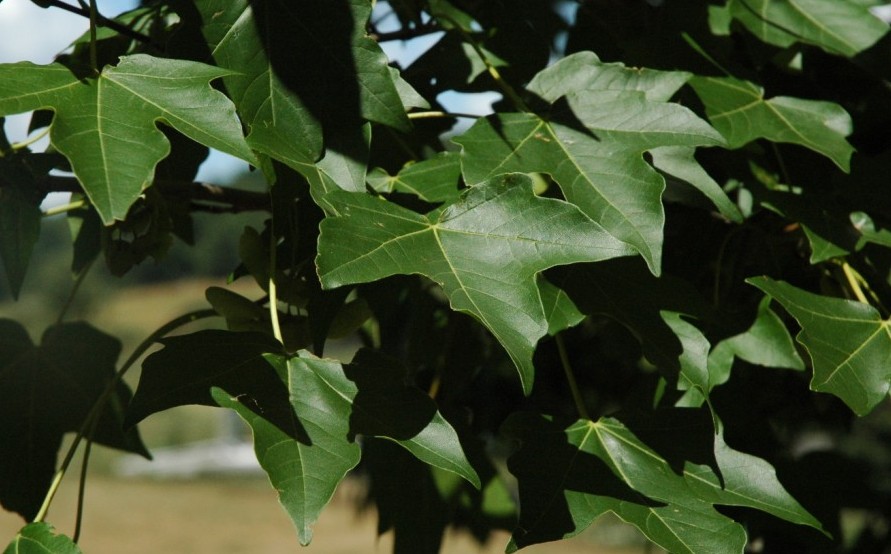
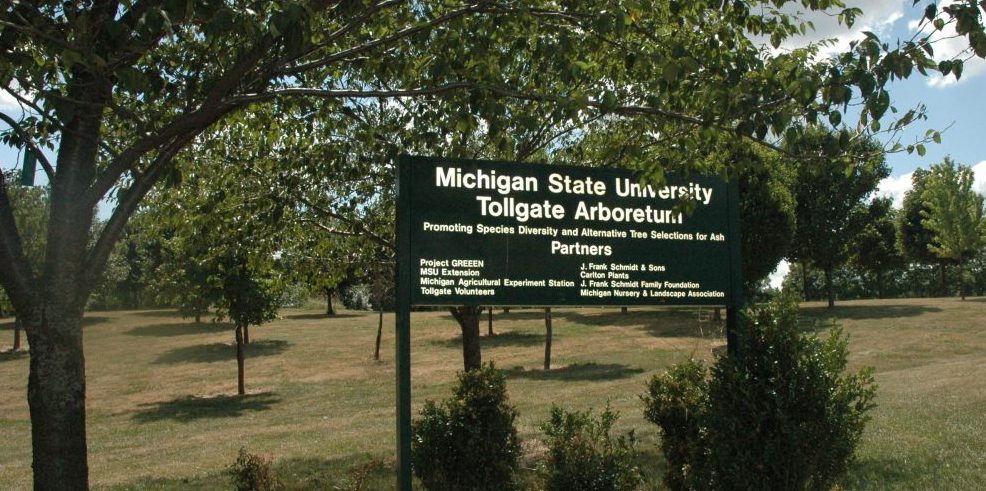
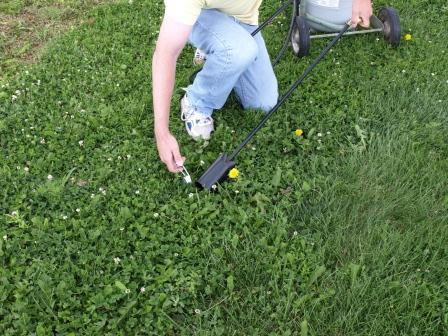 a Good news – Igniting the propane torch was quick and straightforward process. The torch lit on the first try!
a Good news – Igniting the propane torch was quick and straightforward process. The torch lit on the first try!
